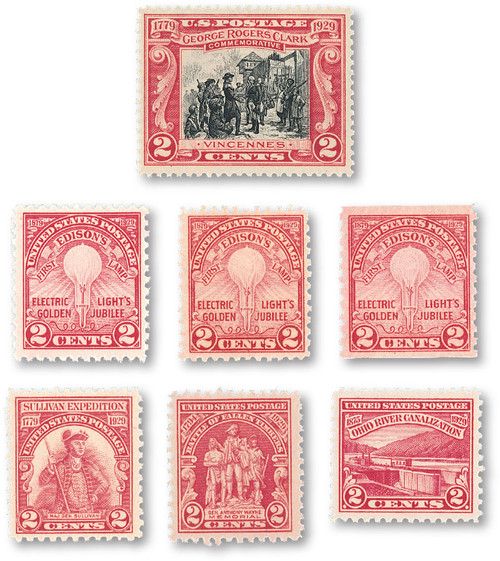
1929 2c Battle of Fallen Timbers
# 680 - 1929 2c Battle of Fallen Timbers
MSRP:
Was:
Now:
$0.95 - $250.00
(You save
)
Write a Review

Write a Review

680 - 1929 2c Battle of Fallen Timbers
| Image | Condition | Price | Qty | |
|---|---|---|---|---|

|
Mint Plate Block
ⓘ
Ships in 1-3 business days.
Ships in 1-3 business days.
$ 32.50
|
$ 32.50 |
|
0
|
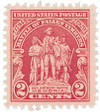
|
Mint Stamp(s)
ⓘ
Ships in 1-3 business days.
Ships in 1-3 business days.
Free with 680 Points
$ 2.25
|
$ 2.25 |
|
1
|
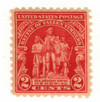
|
Mint Stamp(s)
Fine
ⓘ
Ships in 1-3 business days.
Ships in 1-3 business days.
$ 2.75
|
$ 2.75 |
|
2
|

|
Mint Sheet(s)
ⓘ
Ships in 1-3 business days.
Ships in 1-3 business days.
$ 250.00
|
$ 250.00 |
|
3
|
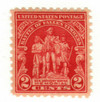
|
Mint Stamp(s)
Fine, Never Hinged
ⓘ
Ships in 1-3 business days.
Ships in 1-3 business days.
$ 3.25
|
$ 3.25 |
|
4
|
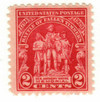
|
Mint Stamp(s)
Very Fine
ⓘ
Ships in 1-3 business days.
Ships in 1-3 business days.
$ 3.25
|
$ 3.25 |
|
5
|
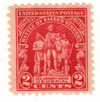
|
Mint Stamp(s)
Very Fine, Never Hinged
ⓘ
Ships in 1-3 business days.
Ships in 1-3 business days.
$ 3.50
|
$ 3.50 |
|
6
|
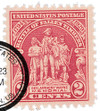
|
Used Single Stamp(s)
ⓘ
Ships in 1-3 business days.
Ships in 1-3 business days.
$ 1.25
|
$ 1.25 |
|
7
|
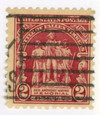
|
Used Single Stamp(s)
Very Fine
ⓘ
Ships in 1-3 business days.
Ships in 1-3 business days.
$ 1.75
|
$ 1.75 |
|
8
|

|
Unused Stamp(s)
small flaws
ⓘ
Ships in 1-3 business days.
Ships in 1-3 business days.
Free with 145 Points
$ 1.25
|
$ 1.25 |
|
9
|

|
Used Stamp(s)
small flaws
ⓘ
Ships in 1-3 business days.
Ships in 1-3 business days.
Free with 230 Points
$ 0.95
|
$ 0.95 |
|
10
|
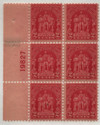
|
Unused Plate Block
small flaws
ⓘ
Ships in 1-3 business days.
Ships in 1-3 business days.
$ 25.00
|
$ 25.00 |
|
11
|
Mounts - Click Here
| Mount | Price | Qty |
|---|
U.S. #680
1929 2¢ Battle of Fallen Timbers
1929 2¢ Battle of Fallen Timbers
Issue Date: September 14, 1929
First City: Erie, PA and five other cities
Quantity Issued: 29,338,274

!







